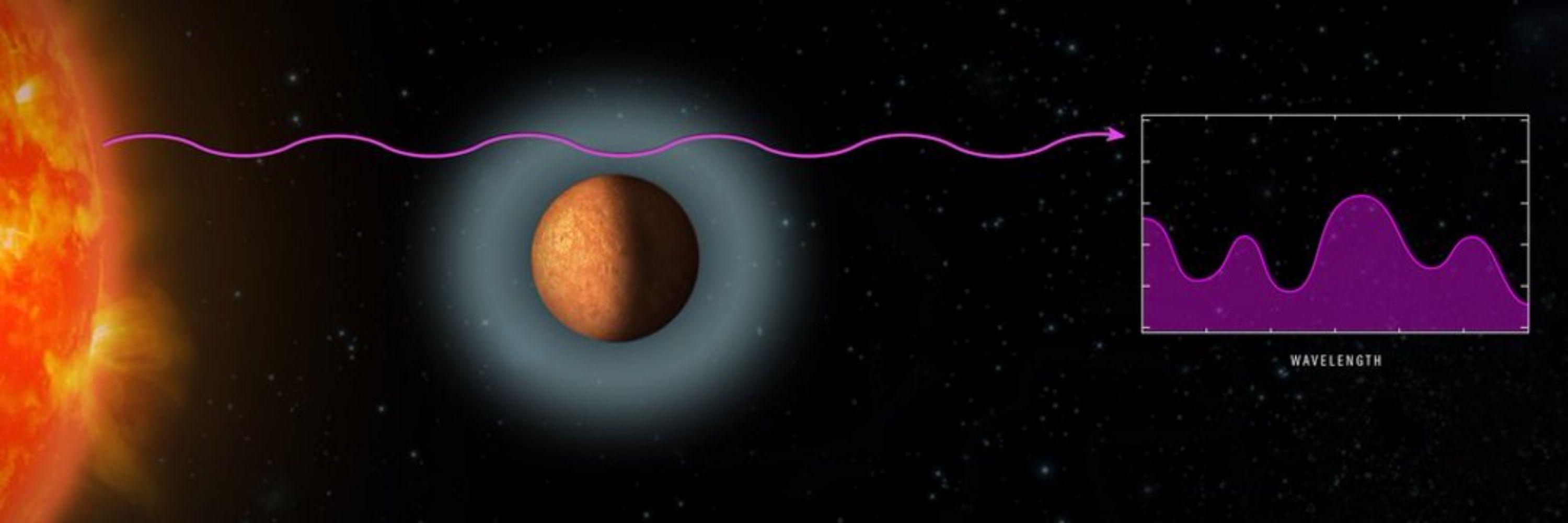Dr Ryan MacDonald
@distantworlds.space
1.9K followers
500 following
540 posts
Lecturer in Extrasolar Planets 🪐 🔭 at the University of St Andrews 🏴
Posts
Media
Videos
Starter Packs
Pinned

















